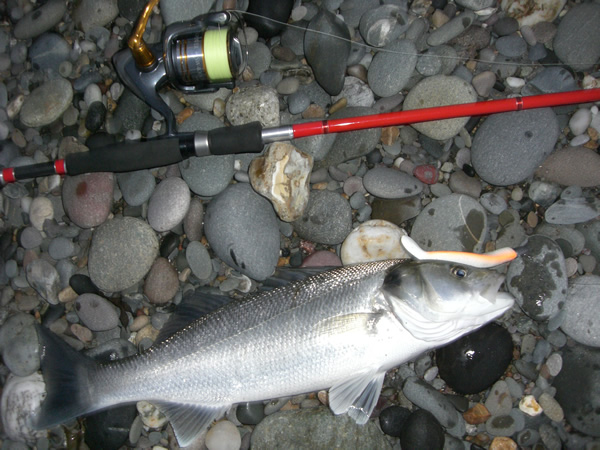I’ve been fascinated by solunar fishing predictions for years, so for those of you that don’t know what I’m talking about here is some background information.
The solunar theory is a hypothesis that animals and fishes move according to the location of the moon in comparison to their bodies. The theory was laid out in 1926 by John Alden Knight, but was said to be used by hunters and fishermen long before the time it was published.
Solunar tables are tables that fishermen and hunters use to determine the best days of the month and times of the day for catching fish and hunting game. For fishermen, the tides, sunrise and sunset are helpful times of the day to know when the fish are going to bite. For hunters, the tides are not a factor. Hunters use the sun and the moon to determine when the game will be moving the most.
Fish will feed, animals will move about, birds will sing and fly from place to place, in fact, all living things will become more active, more alive, during solunar periods than at other times of apparent equal value. Anglers have found that it is a guide to the best fishing of each day, and the quality of their sport has improved.
Using these tables, a fishermen and a hunter can tell when the moon is directly underfoot and overhead. The strongest activity occurs when there is a full moon or a new moon and is weakest when there is a quarter moon or a three quarter moon. This is because the moon and the sun’s gravitation force are strongest when directly above or directly below our head. The lunar data humans receive is better now because of the newer technology the US Naval Observatory and GPS technology. This new technology has allowed the solunar theory to generate hunting and fishing times with much greater precision. It is important to note that data in tables found on various websites should be re verified periodically with US Naval Observatory available data as well as compared against other reputable solunar data providers. Inconsistencies abound due to the complex nature of the astrophysics computations and overlooked associated anomalies checking that are required to produce useful results. Moon transits which do not occur for more than a day or associated times being off more than a few minutes are indications of a fundamental issue for a given position and should be suspect.
Now do I limit my fishing to the ‘best’ solunar times? Well of course not. My fishing is decided for me by the same factors that undoubtedly restrict most of us – work, free time issues, other priorities, travel (distance from the sea), family commitments, and the main one ‘the wife’. Let’s be honest, if there are no bass in the water in front of us then no amount of gravitational or magnetic energy is going to help us catch fish is it?
So in short I go fishing when I can and when it suits me. But it is always worth keeping an eye on those solunar tables just to see if that bigger bass or that magical half hour or so when you caught six nice bass in quick succession was in the solunar best fishing period.
Author: Nigel Fairclough

